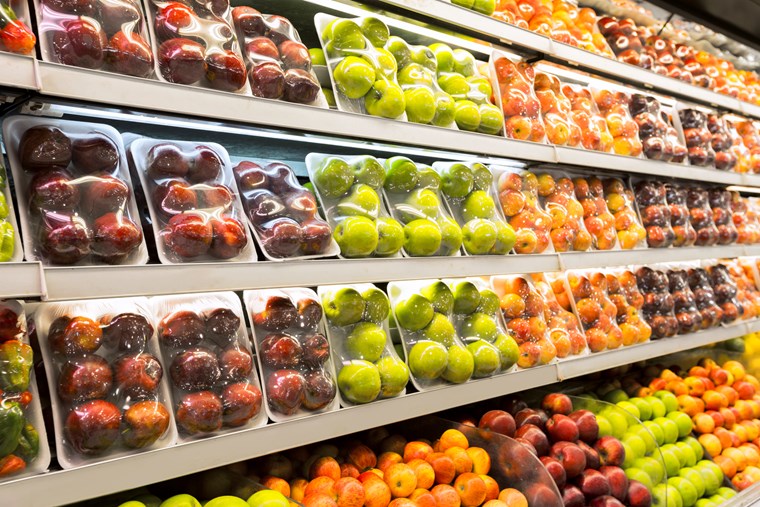Food and drink producers face 'puzzling task' over packaging

The pros and cons of plastic packaging must be weighed up.
Food and drink producers often face a difficult trade-off between the environmental impact of using plastic and contributing to food waste.
Luisa Riascos from SAC Consulting, part of SRUC, says highly perishable items such as fruits and vegetables make them extremely susceptible to being wasted along the supply chain.
Plastic packaging is often preferred, she says, as the low weight reduces fuel consumption in transportation, keeping food fresh for longer and reducing food waste.
In a blog as part of SAC Consulting’s Food and Footprint campaign , Luisa adds: “The trade-off between food and packaging waste needs to be considered by businesses when choosing the right packaging strategy for their products.”
Choosing sustainable packaging can be a “puzzling task” for businesses, as some alternative packing materials use much more energy than plastic during manufacture, so consideration also needs to be given to the full life cost of each product.
Some plastics, metals and glass used for packaging can be reused or recycled several times and, compared to a single-use sustainable alternative, can have a much lower life-cycle cost.
However, using the principles of the circular economy - designing out waste and pollution, keeping products and materials in use and regenerating natural systems - businesses can produce a more sustainable food packaging system.
Luisa adds: “There is also significant potential to create new innovative solutions for circular economy practices where waste is mostly created as a by-product; for example, biowaste such as peelings or food waste can be viliorated into a whole range of chemicals and products, some of which can be used to make packaging.
“Designing to keep materials in the loop, and allowing waste streams to effectively recycle current and new plastics, can close the loop by reintegrating materials back upstream multiple times."
She concludes: “There is no one-solution-fits-all when choosing a packaging option for a specific product, particularly in a varied sector in which each product requires different packaging specifications. Switching gradually to sustainable solutions is a challenge but also an opportunity to develop new alternatives and better and more sustainable products.”
To find out more, visit our Food & Footprint page.
Posted by SRUC on 16/09/2022
